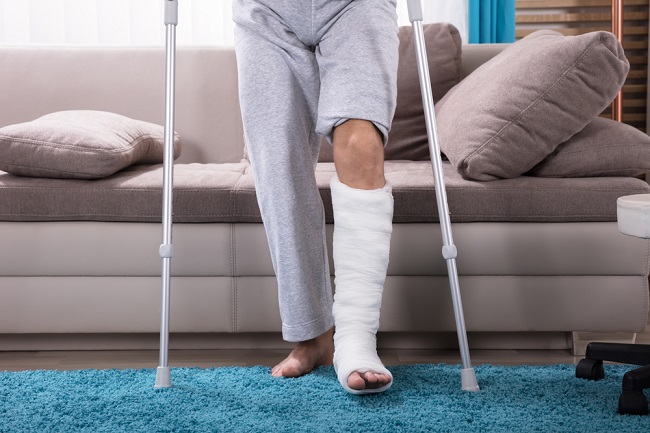Ophidiophobia or ophiophobia is an intense, exaggerated, and irrational fear of snakes. Actually, snakes are indeed one of the animals that are feared by many people, but that does not mean that everyone has a phobia of snakes.
Ophidiophobia is one type of specific phobia, namely a specific phobia of a particular object, animal, activity, or situation.

People who have a phobia of snakes or ophidiophobia usually not only fear when dealing with snakes in person, but also when viewing photos or videos of snakes, hearing talk about snakes, or even just thinking about them.
Symptom Ophidiophobia
Below are the symptoms that are usually experienced by sufferers: ophidiophobia when faced with a situation related to snakes:
- Sweating
- Shaky
- Worried
- Afraid
- Panic
- Worried
- Dizzy
- Nauseous
- Hard to breathe
Reason Ophidiophobia
Here are some of the causes and risk factors for a person to experience: ophidiophobia or a phobia of snakes:
1. Traumatic experience
Having a traumatic experience with snakes, especially as a child, can make you develop a long-term phobia of these animals.
Some traumatic events that may make you suffer ophidiophobia These include being bitten by a snake or having been in a situation where you felt threatened by a snake.
2. Family history
If you grew up in a family with a phobia of snakes, chances are you will suffer too ophidiophobia. The reason is, the family environment has a big influence on your view of things.
So, if your family or close relatives have a fear of snakes, you may also see this animal as something scary and threatening.
3. Representation in society
The media and the general public often portray snakes as scary and dangerous animals. If you watch too many movies about the viciousness of snakes or often hear about the frightening experiences of other people being attacked by snakes, you run the risk of suffering ophidiophobia will increase.
HandlingOphidiophobia
To be able to diagnose someone suffering ophidiophobia, therapist (psychologist or psychiatrist) will review your symptoms and discuss your experiences with snakes.
If the therapist determines you are suffering ophidiophobia, There are several treatments that might be done to treat this condition, including:
Exposure therapy
Exposure therapy, also known as desensitization therapy, is a therapy that gradually puts you in a situation that scares you.
For example, you will first be asked to view a picture or watch a video of a snake. From here, the therapist can see what emotions and physical reactions arise in your response to the given snake photo or video.
When you get used to it, the therapy will be increased, for example by showing a snake caged in a zoo, and so on until your phobia is cured.
Cognitive behavioral therapy
Cognitive behavioral therapy aims to change your negative thought patterns and responses to something positive, in this case the fear and response to snakes. That way, you are expected to be calmer in dealing with situations related to snakes.
Drugs
If symptoms ophidiophobia that you suffer from is severe, for example, the fear that appears has endangered yourself, the psychiatrist may combine therapy with medication to overcome it. Examples of medications that may be prescribed are antidepressants and sedatives.
Although it looks simple, the practice of handling ophidiophobia generally need to be done repeatedly until the patient is completely healed. Therefore, you need to undergo this treatment patiently and consistently.
If your fear of snakes has led to ophidiophobia, You should immediately consult a psychologist or psychiatrist. If treated as early as possible, the risk of symptoms ophidiophobia progress to severe can be minimized.









